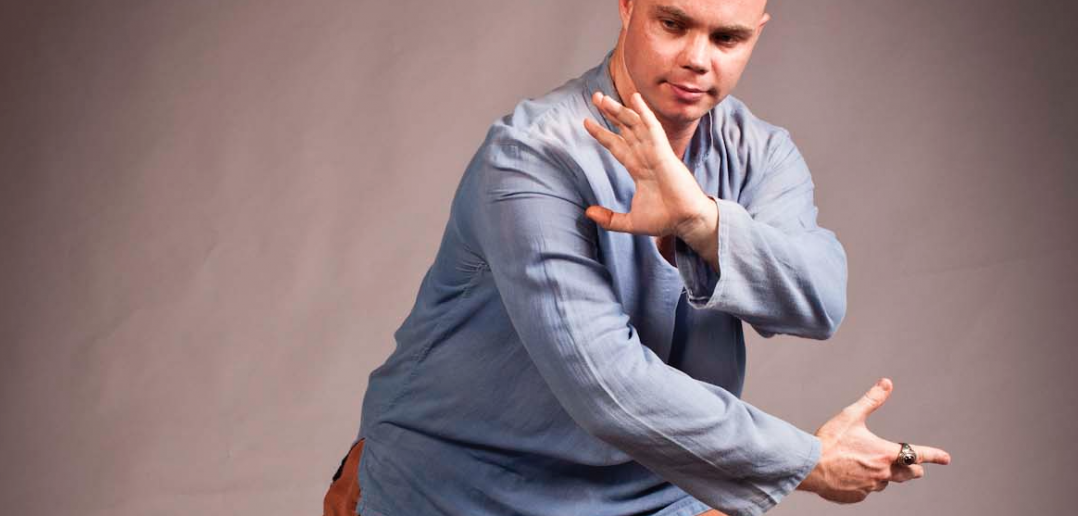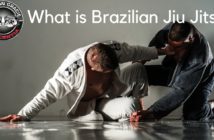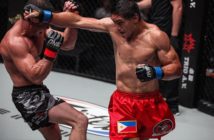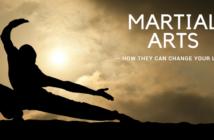by Sifu Adam Mizner
When I am teaching classes or workshops on taijiquan I always emphasize the three principles of timing, placement and power.
These three skills are not only fundamental to acquiring real world taijiquan skills but are fundamental to the successful application of any martial arts technique.
TIMING
 Bruce Lee and other famous martial artists often talk about speed as one of the most important attributes of a successful martial artist. This is not untrue, though I would say that timing is more important than mere speed. It is certainly possible to miss the mark because one arrives too early or is too fast.
Bruce Lee and other famous martial artists often talk about speed as one of the most important attributes of a successful martial artist. This is not untrue, though I would say that timing is more important than mere speed. It is certainly possible to miss the mark because one arrives too early or is too fast.
Understanding this we should strive to master timing rather than just speed. When we arrive “on time” in this way, our opponent is where we perceived him to be and our technique is neither early nor late. In tai chi chuan this ‘correct time’ is when the opponent has “fallen to emptiness”, he is off balance and frozen or double heavy. This is the right time to attack and finish the confrontation. Many attacks delivered with the wrong timing are not as effective as one that is delivered on time, whether it be delivered fast or slow.
PLACEMENT
The skill that is most often overlooked in modern martial arts training is the skill of being in the right place at the right time, not just applying the technique at the right time. This is referring to the footwork, angle of attack, distance and also the impact area. The training to develop this skill of placement is honed and refined in tai chi chuan within the arena of push hands practice. It is here within pushing hands that we can investigate and ingrain all the different body positions and their advantages and disadvantages.
Push hands allows one to train this in a safe way and to get familiar with the up close and personal fighting range of tai chi chuan, a range that is shared by very few styles, somewhere between the clinch range and the striking range. This taiji range gives us the advantage of being able to strike or throw without changing range and keeps us in a range that most opponents simply are not familiar with.
When you placement is correct you naturally exploit the weakness in your opponent’s structure while capitalizing on the strength of your own. The application of Da or Fa will leave you in a perfect structure, neither confined nor over extended and the placement and angle of the body and arms should make you as safe as possible, whilst still being able to apply your technique on the opponent.
POWER
It is said in Chinese martial arts that Gong Li or power is the most important skill a martial artist can possess. I consider this to be absolutely true and in my teaching and training I place a great deal of effort into the development of power.
Just imagine fighting with a small child who has many techniques, has good timing and good placement but lacks power. The child would be unable to finish the fight and we, as grown adults could easily defeat the child simply with power, even with little technique. This illustrates the importance of Gong Li or power in martial arts.
Waijia cultivates Gong Li with many methods, including various kinds of weight lighting and resistance training, striking bags to develop powerful full body coordination and conditioning of the body to make the body hard and resistant to impact. Within the Neijia schools the development of Gong li is equally important, however the method to attaining it and the kind of force we generate is very different. This is where the differentiation between Jin and Li becomes important. While Li is generated by the contraction of muscle and the acceleration of mass, Jin is generated by the release of tension and the propagation of waves of force through the body. This topic is beyond the scope of this short article, we can look at it in a future blog.
For practical purposes, in taiji quan the jin is cultivated through the practice of standing pole, form practice and sometimes heavy weapons. Although the jin is cultivated in such solo trainings it is in the partner practice of pushing hands and fajin that we learn to refine this power and how to apply it with timing and placement. When these three skills of timing, placement and power come together, we have the almost magical looking effortless power that tai chi chuan is famous for.
In the below video you can see a demonstration of timing, placement and power.
Sifu Adam Mizner teaches Yang Style Taijiquan (Tai Chi Chuan), in the tradition of Huang Sheng Shyan and Yang Shao Hou. With his Discover Taiji online training programme you will find one of the most complete and powerful traditional Tai Chi Chuan systems available today. The programme openly provides all of the tools, methods and training secrets his personal students at the Heaven Man Earth Taiji school have been enjoying.




